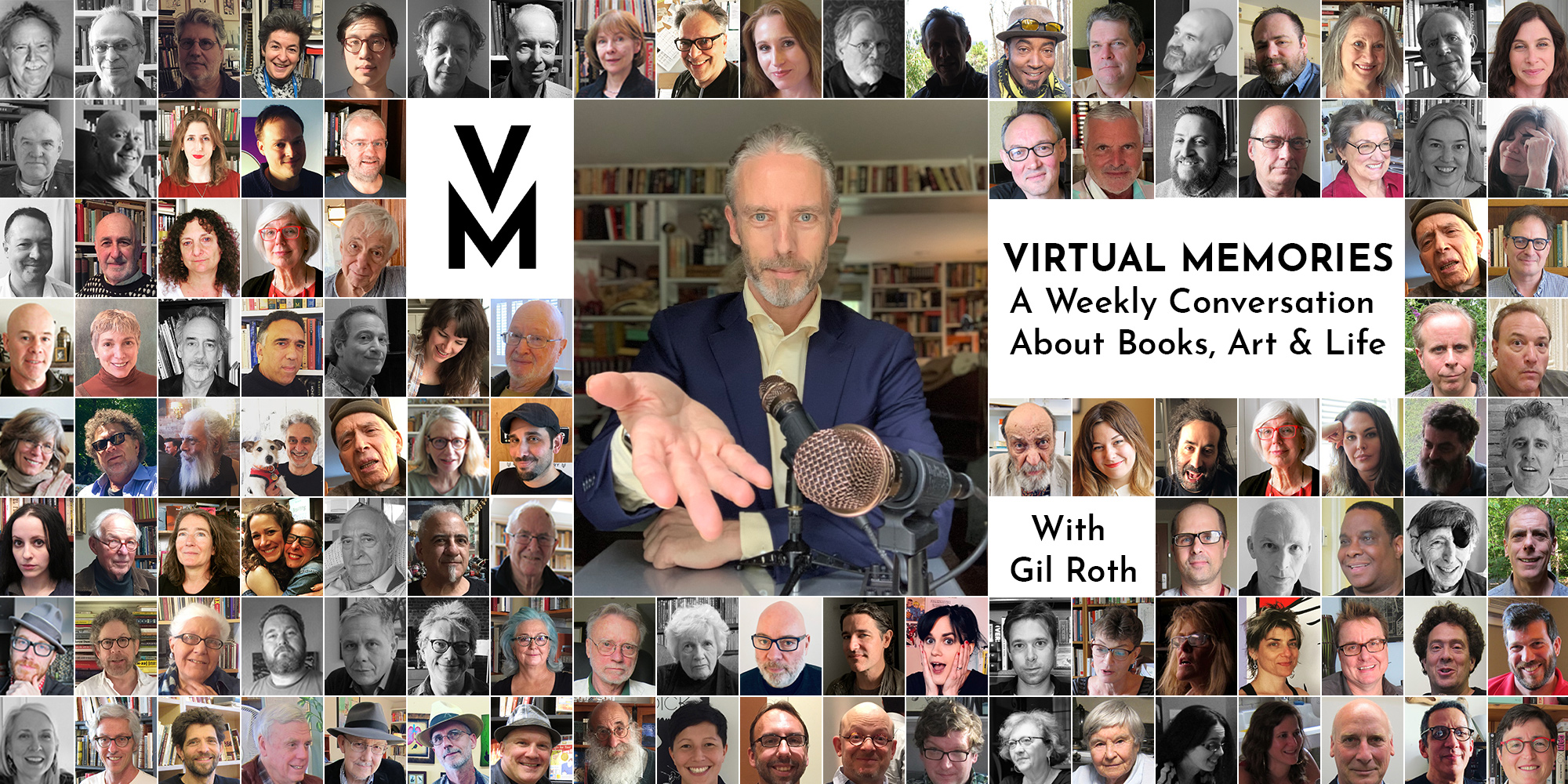Virtual Memories Show #132:
Christopher Bollen – Rootless People
Podcast: Play in new window | Download
Subscribe: Spotify | TuneIn | RSS | More
“I wanted to be a writer since I knew that I couldn’t be a detective.”
 We close out the summer of 2015 with a great summer novel, Orient
We close out the summer of 2015 with a great summer novel, Orient (Harper) by Christopher Bollen! We talk about his new book, the difference between a “smart murder mystery” and a “literary thriller,” the perils of Male First Novel Syndrome (as evinced in Lightning People: A Novel
), the challenges of writing about Long Island, how his years at Interview magazine honed his ear for dialogue, his fascination with rootlessness, why it’s too easy to parody the contemporary art scene, and more! Give it a listen!
“Remember how you could totally judge a stranger by what they were reading? Now we’ve totally lost that cue, thanks to e-books.”
We also talk about Christopher’s impending 40th birthday, his reverse mid-life crisis, “kids today,” the people he now realizes he should’ve been nervous about interviewing when he was young, the allure of detective stories, why childhood bookish shut-ins have great skin when they get older, how I once nearly blew up a shopping mall back in my high school years, and whether the actual inhabitants of Orient were peeved about his new novel.
“You don’t interview Fran Lebowitz; it’s more like you’re her audience.”
Podcast: Play in new window | Download
Subscribe: Spotify | TuneIn | RSS | More
We talk about some books and movies in this episode. Here’s a list of ’em (Note: if I ever go to a Patreon crowdfunding model for the show, this is the first thing that goes subscriber-only):
- Orient: A Novel
– Christopher Bollen
- Lightning People: A Novel
– Christopher Bollen
- The Flamethrowers
– Rachel Kushner
- The Secret Parts of Fortune: Three Decades of Intense Investigations and Edgy Enthusiasms
– Ron Rosenbaum
- The Great Gatsby
– F. Scott Fitzgerald
- Tender Is the Night
– F. Scott Fitzgerald
- Plum Island
– Nelson DeMille
- Less Than Zero
– Bret Easton Ellls
- Browsings: A Year of Reading, Collecting, and Living with Books
– Michael Dirda
- The Beach
– Alex Garland
- Women in Love
– DH Lawrence
Enjoy the conversation! Then check out the archives for more great episodes! You might like:
Follow The Virtual Memories Show on iTunes, Twitter, Facebook, Tumblr, and RSS!
About our Guest
Christopher Bollen is a writer who lives in New York City. He regularly writes about art, literature, and culture. His first novel, Lightning People
is a writer who lives in New York City. He regularly writes about art, literature, and culture. His first novel, Lightning People, was published in 2011. His second novel, Orient
, was published by Harper in May 2015. He is currently the Editor at Large at Interview Magazine.
Credits: This episode’s music is Nothing’s Gonna Bring Me Down by David Baerwald, which seems to have become our unofficial theme song (I’ll ask DB if it’s okay to make it official). The conversation was recorded at Mr. Bollen’s apartment on a pair of Blue enCORE 200 microphones feeding into a Zoom H5
digital recorder. I recorded the intro and outro on a Blue Yeti USB Microphone
. Processing was done in Audacity and Logic Pro. Bio photo of Mr. Bollen by Danko Steiner; not-as-good photo by me.






















